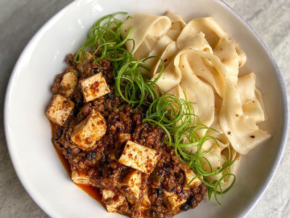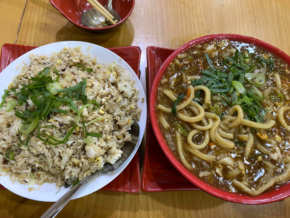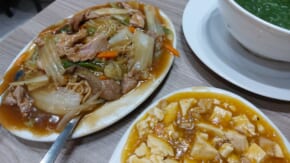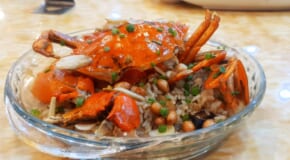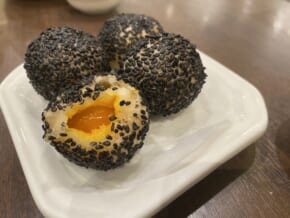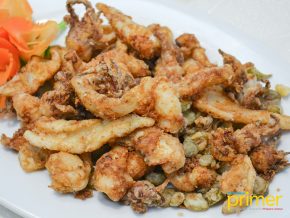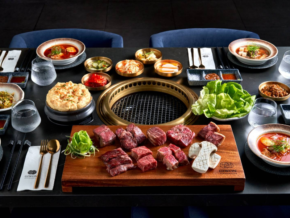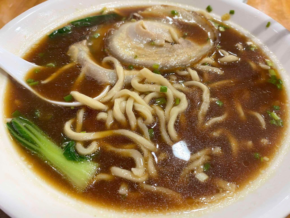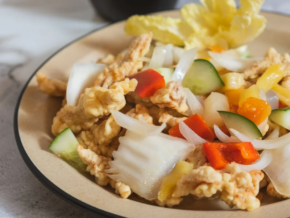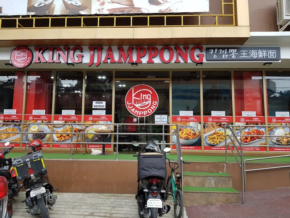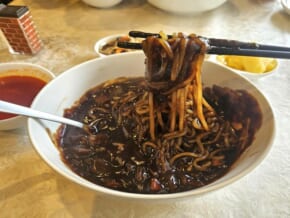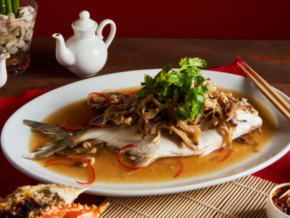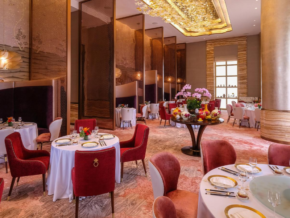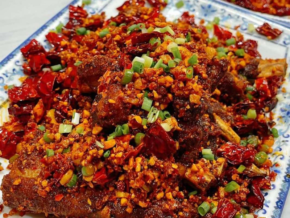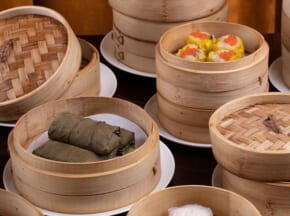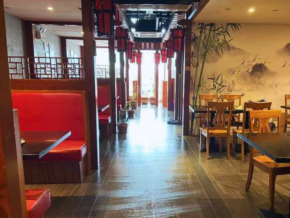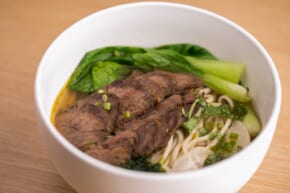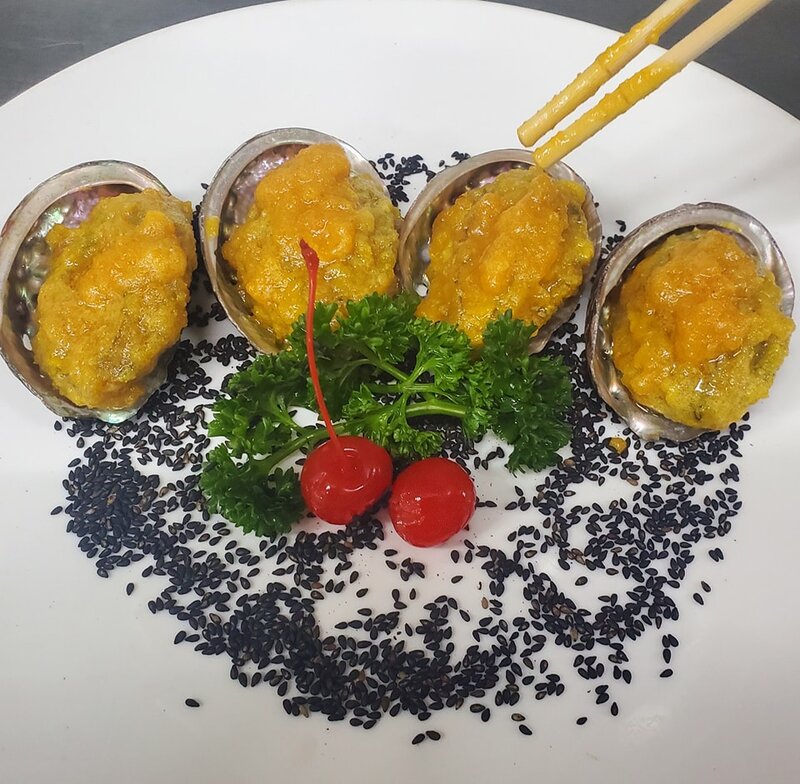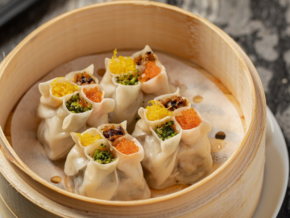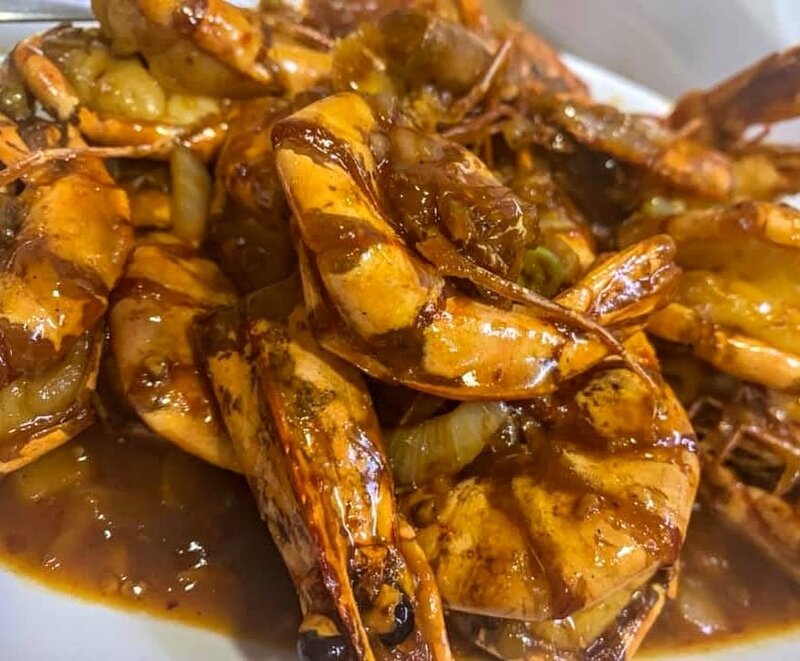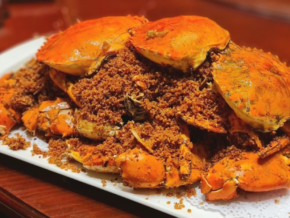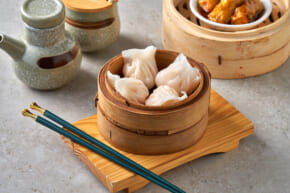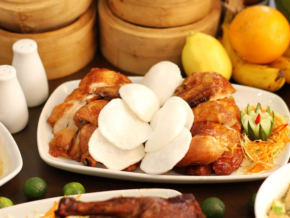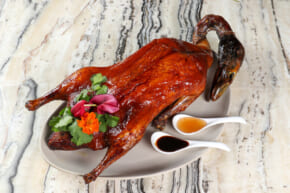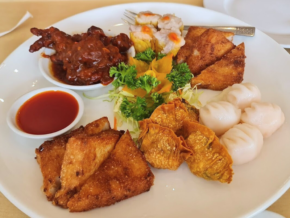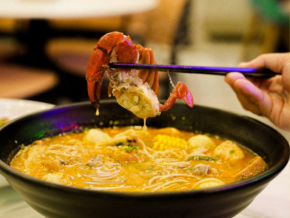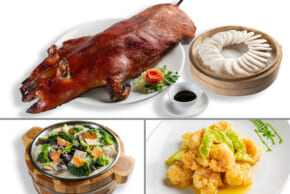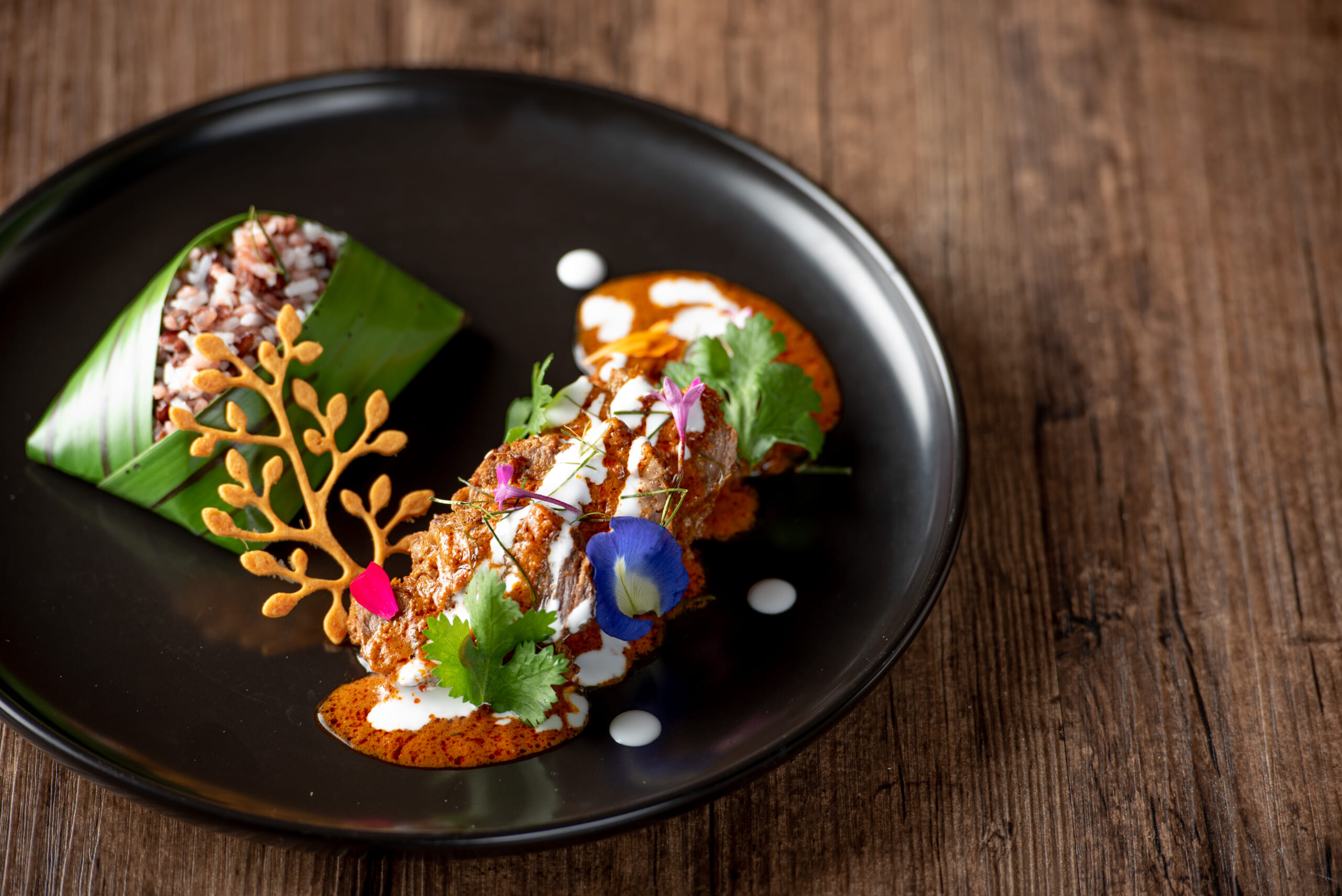Must-visit Chinese Restaurants in the Metro this Lunar New Year 2024
As the Year of the Wood Dragon ushers in this February 9, we proudly present a special feature that celebrates the best of Chinese cuisine across the Metro. The dragon, a symbol of power and good fortune in Chinese culture, sets the perfect backdrop for exploring the best Chinese restaurants that the megalopolis has to offer. From the bustling streets of Pasay to the upscale avenues of Bonifacio Global City (BGC), we’re navigating through a food walk that caters to all foodies. Whether you’re in search of a budget-friendly resto or a luxurious dining experience, this comprehensive guide will unveil everything these establishments have to offer.
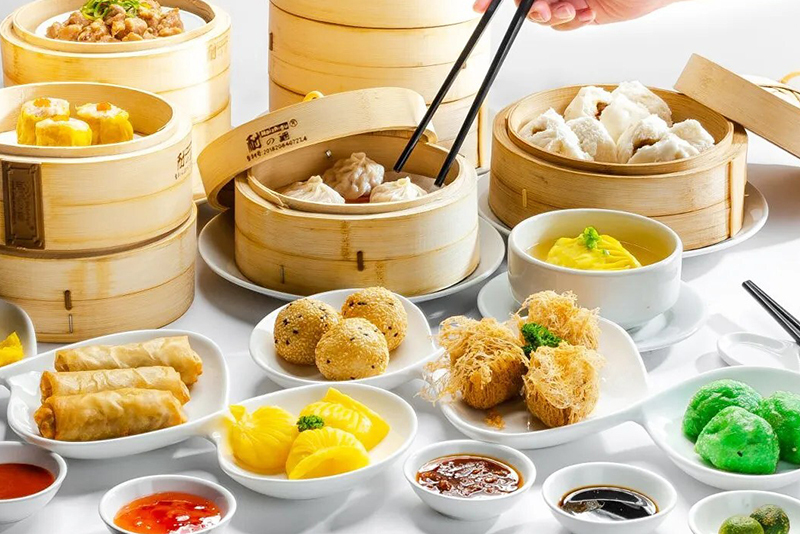 Dim sum selections / IMAGE from Xin Tian Di
Dim sum selections / IMAGE from Xin Tian Di
Our feature delves into the heart of the Chinese food scene in Metro Manila, showcasing a variety of establishments that range from hidden gems such as La Xiao Xian in Makati to iconic institutions such as Phoenix Court in Alabang.
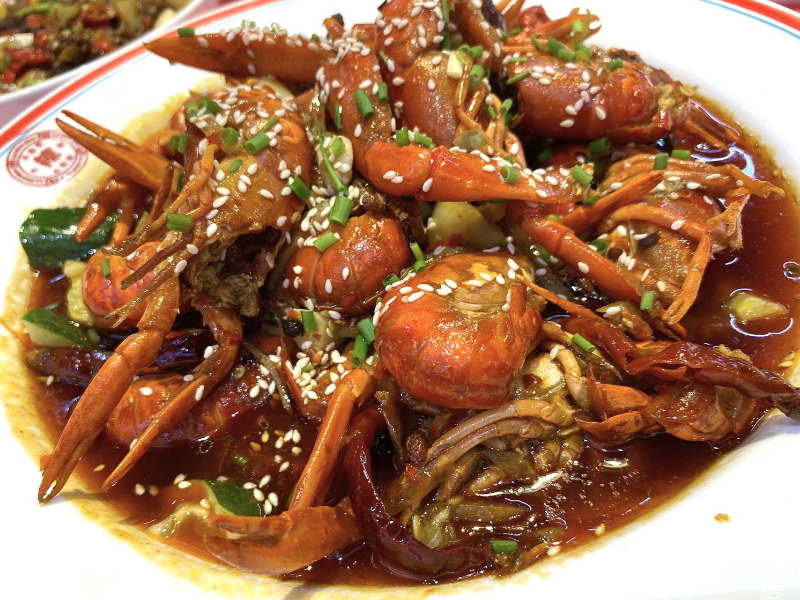 Spicy Shrimp / IMAGE from La Xiao Xian
Spicy Shrimp / IMAGE from La Xiao Xian
In Pasay, we explore affordable yet authentic restaurants where traditional flavors meet homely comfort such as the offerings that can be had at Michelin Xin. Moving to the high-end ones, we’re showcasingthe exquisite offerings of BGC’s top-tier Chinese restaurants like No. 8 China House, where innovation meets tradition.
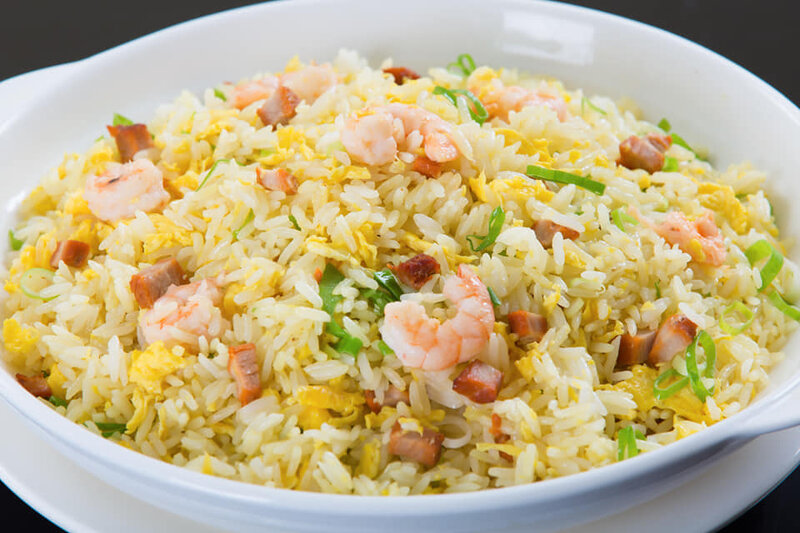 Yang Chow Fried Rice / IMAGE from Michelin Xin
Yang Chow Fried Rice / IMAGE from Michelin Xin
The eating spots selected for this feature not only showcase the “Eight Great Traditions”, but also embodies the cultural richness and diversity that the Year of the Wood Dragon celebrates. So join us as we embark on this exciting food adventure and discover the best of Chinese cuisine in Metro Manila!
P.S.: We’re also featuring the eight regional cuisines of China as well as Filipino Chinese New Year traditions!
Eight Great Traditions
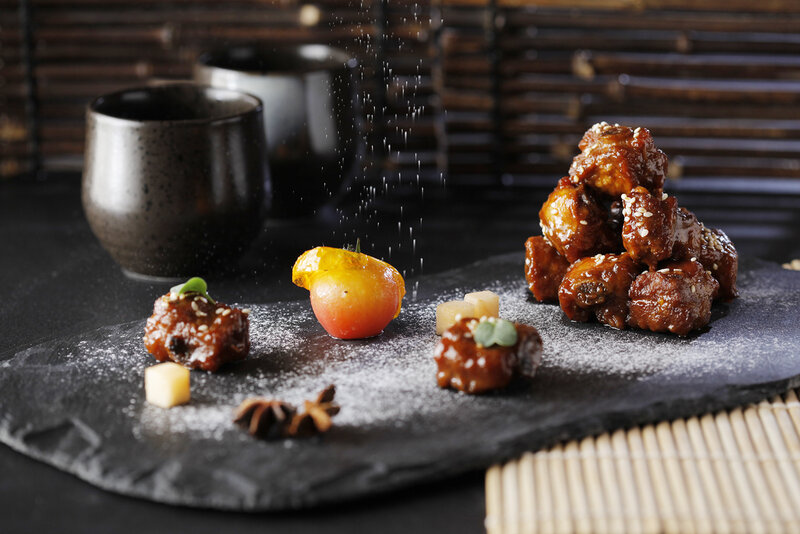 Sweet and Sour Pork Ribs / IMAGE from Canton Road
Sweet and Sour Pork Ribs / IMAGE from Canton Road
The eight regional cuisines of China, often referred to as the Eight Great Traditions, represent the diverse culinary styles of different geographical areas. Each cuisine is distinct in its flavors, ingredients, and cooking techniques:
- Shandong (Lu) Cuisine: Known for its emphasis on fresh ingredients, especially seafood, due to its coastal location. It features light, savory flavors and is famous for its soups and braising techniques such as Sweet and Sour Carp, Braised Abalone, and Jiaodong Scallops.
- Sichuan (Chuan) Cuisine: Famous for its bold, pungent, and spicy flavors resulting from liberal use of garlic, chili peppers, and the unique Sichuan peppercorn. This cuisine is known for dishes like Mapo Tofu, Kung Pao Chicken, and Sichuan Hotpot.
- Guangdong (Cantonese/Yue) Cuisine: Characterized by its variety and freshness of ingredients, Cantonese cuisine is known for its steaming and stir-frying cooking methods, producing light and flavorful dishes. Dim Sum, Sweet and Sour Pork Ribs, and Steamed Fish are popular Cantonese meals.
- Jiangsu (Su) Cuisine: Known for its carefully selected ingredients, moderate saltiness and sweetness, and emphasis on soup. This cuisine is often presented beautifully, with an emphasis on a balanced texture and color. Sample fares include Sweet and Sour Mandarin Fish, Yangzhou Fried Rice, and Nanjing Salted Duck.
- Zhejiang (Zhe) Cuisine: Features fresh and soft flavors with a focus on seafood, poultry, and bamboo shoots. It’s known for being mellow, using cooking methods like quick-frying, stir-frying, steaming, and smoking. Dongpo Pork, West Lake Fish in Vinegar Gravy, and Longjing Shrimp are some of the signature dishes on the Zhejiang cuisine.
- Fujian (Min) Cuisine: Notable for its delicious seafood and soups and its adept use of umami flavor. Fujian dishes are often slightly sweet and sour and utilize unique ingredients like mushrooms and bamboo shoots such as Buddha Jumps Over the Wall, Fujian Fried Rice, and Snow Chicken.
- Hunan (Xiang) Cuisine: Known for its hot, sour, and oily flavors, with a strong emphasis on deep colors. This cuisine frequently uses fresh chili, pepper, and shallots, and cooking methods often involve smoking and curing like Steamed Fish Head with Diced Hot Red Peppers, Dong’an Chicken, and Mao’s Braised Pork.
- Anhui (Hui) Cuisine: Uses a wide variety of herbs and vegetables, especially those from mountain regions. Anhui cuisine is known for its use of wild game and for braising and stewing techniques. Li Hongzhang Hodgepodge, Stewed Soft Shell Turtle in Clear Soup, and Bamboo Shoots Cooked with Sausage and Dried Mushroom are just some of the Anhui dishes you should try.
Chinese New Year Traditions in the Philippines
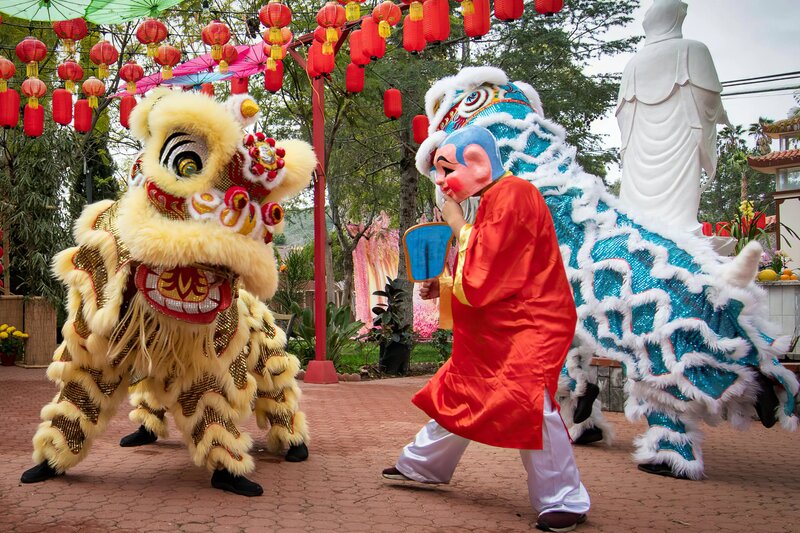 Dragon Dance / IMAGE from Pexels
Dragon Dance / IMAGE from Pexels
Filipinos have embraced several traditions during the Chinese New Year, especially in areas with a significant Chinese-Filipino community such as Binondo, Manila, such as these:
- Dragon and Lion Dances: These are colorful performances that are believed to bring good luck and drive away evil spirits. The dances are often performed in the streets, in front of homes, and in business establishments.
- Wearing Red Clothing: Red is considered an lucky color in Chinese culture that symbolizes good fortune and joy. Many Filipinos wear red during Chinese Lunar New Year as a way to attract luck and happiness for the year ahead.
- Fireworks and Firecrackers: Similar to Chinese customs, Filipinos light fireworks and firecrackers during the New Year. This is believed to ward off evil spirits and bad luck, and to herald the coming of a prosperous new year.
- Tikoy (Nian Gao): Tikoy, a sticky rice cake, is a popular food item during Chinese New Year that symbolize family cohesion and is often given as a gift to family and friends.
- Feng Shui Practices: Some Filipinos follow Feng Shui traditions, like placing lucky charms and decorations in their homes and businesses. These are believed to attract positive energy and good fortune.
- Family Gatherings and Feasting: Similar to other Filipino celebrations, families gather to enjoy a feast. Traditional Chinese dishes that symbolize prosperity, long life, and good health are often included in the meal.
- Ang Pao (Red Envelopes): These red envelopes, containing money, are given by elders to children and unmarried individuals. They symbolize good luck and are believed to protect the recipients from evil spirits.
These traditions reflect the combination of Filipino and Chinese cultures that demonstrate the country’s multicultural heritage.





